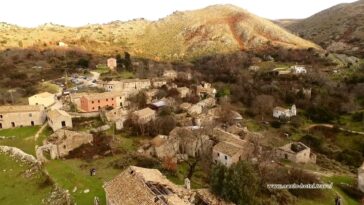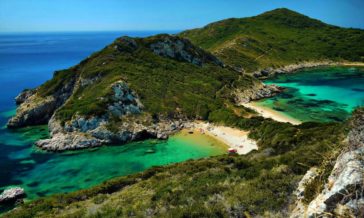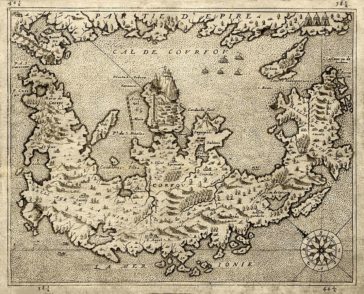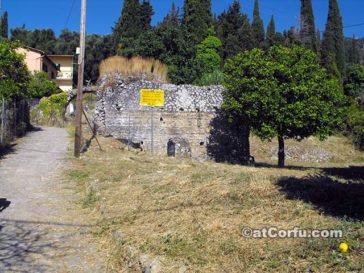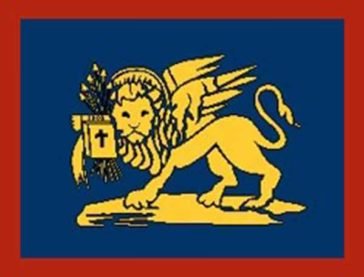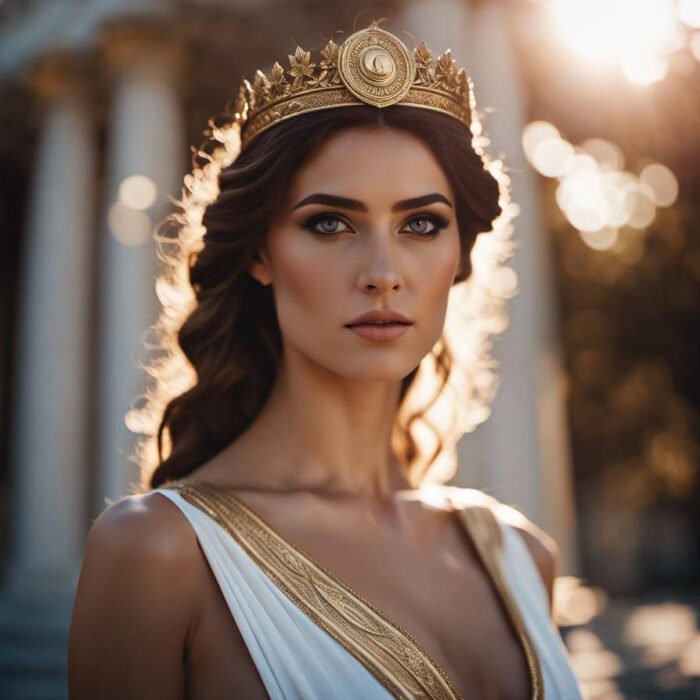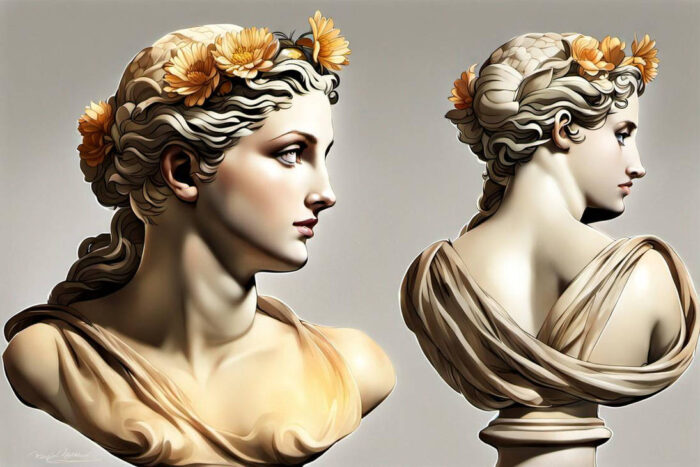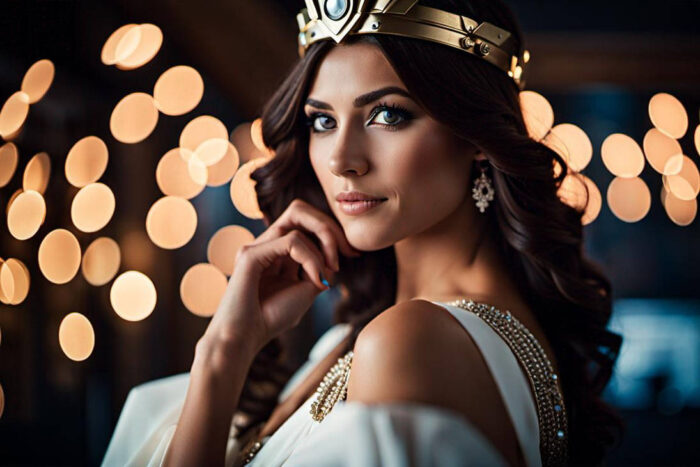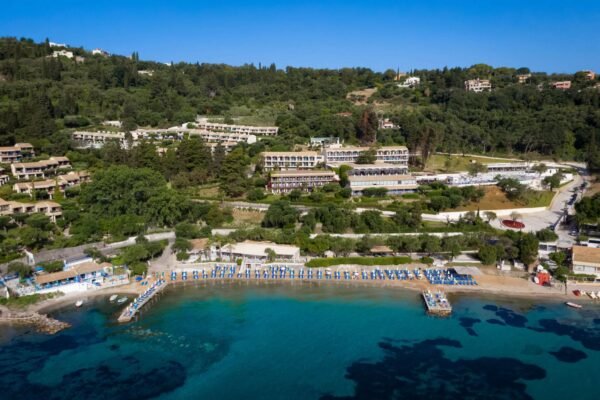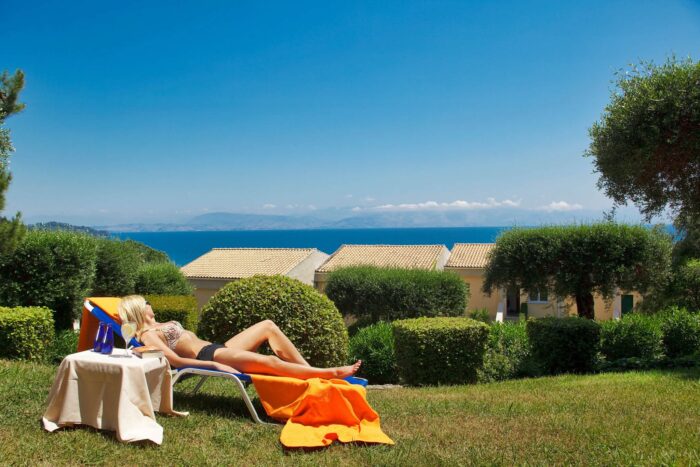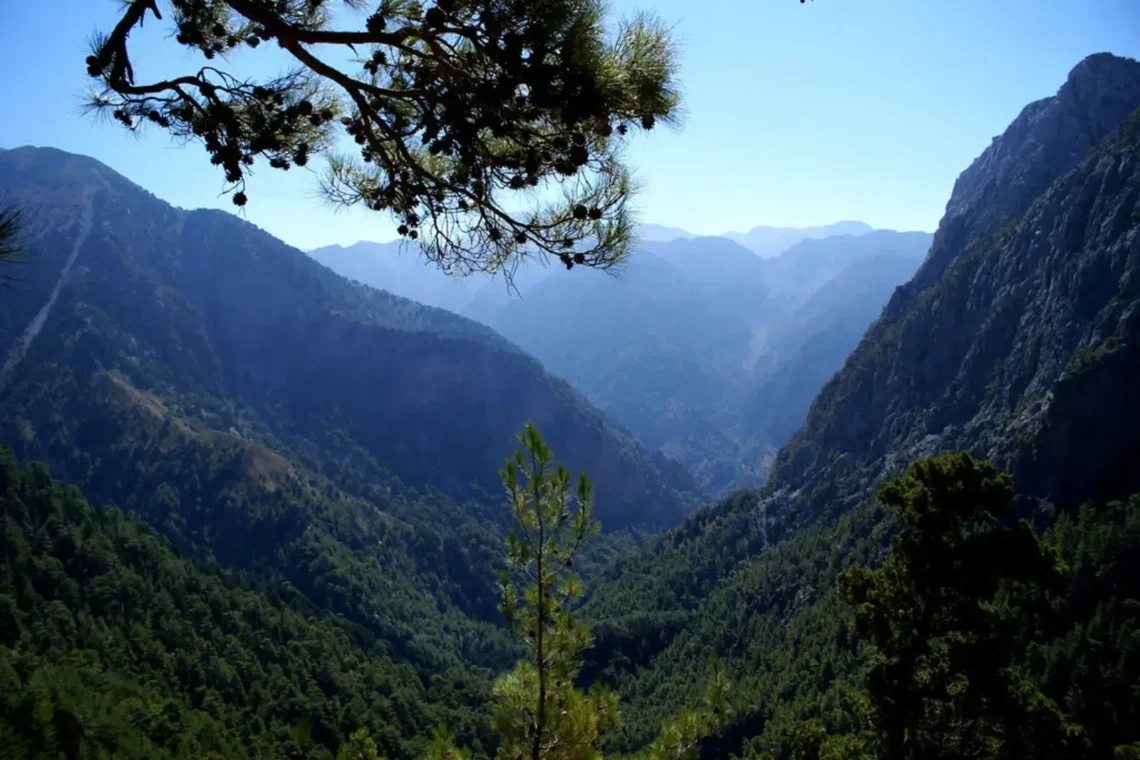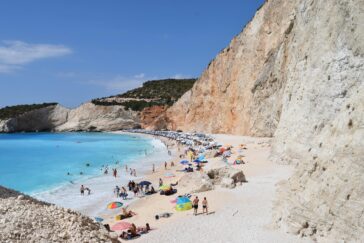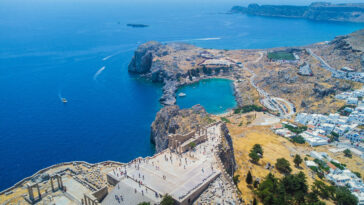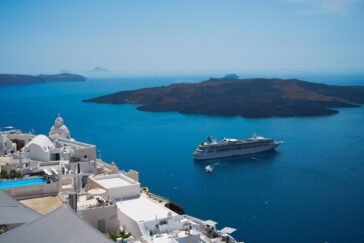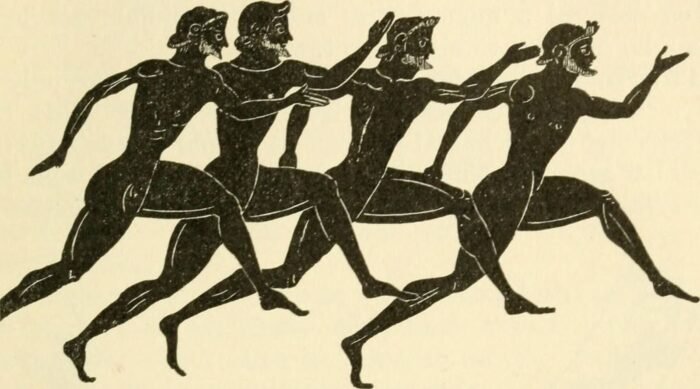Corfu is a wonder of an island. If you’ve never explored it, it’s high time you did. Its golden beaches along with its salty seas make Corfu one of the most explored islands in Greece.
Once you travel here, chances are you won’t want to return home anymore. That’s a feeling many travelers experience.
Corfu’s Tasteful Cuisine

Greece has long been known for its tasty foods and fresh ingredients.
Corfu’s extensive cuisine includes Greek foods but adds authentic flavors to it. Some of the most *and best* of Corfu’s options include the sofrito, the Bourdeto, and of course, the olives. Sofrito is just cooked veils with parsley, garlic, and wine, while Bourdeto is a stew made out of fish and red pepper. Both of these options are a must-try.
The olives are also a must-taste in Corfu. They come from old-grown trees, some of them as old as 100 years old. The best-tasting olive oil comes from the Dafnis family, who’s grown it for decades. The secret is pairing the olives with a tasty salad and Feta cheese and drizzling a little bit of Himalayan salt on top of it. Best combination ever! Light, smooth, tasty, and fresh.
If you need something more consistent, you can always try Corfu’s kumquat. This fruit originally flourished in China and was introduced to the Greek culture in the 19th century by the Middle Eastern inhabitants. Pairing this fruit with an alcoholic drink such as Prosecco will make up the perfect aperitif.
The best island escape tours
If you’re planning to stay longer in Corfu, this is your chance to explore more of its surroundings. Some of the most popular destinations in Corfu include the Vatos village, the beaches of Ermones or Corfu Town, and Old Perithia. Another cool site to visit is Paleokastritsa Beach, the island’s sacred and spiritual hub.
If you prefer a cool hike or bike around the island, check out trips to Kavos or Arkoudilas Beach, the Halikounas’ dunes, or Alonaki Bay. Kanouli Beach is another popular https://web.archive.org/web/20231005015945/https://atcorfu.com/corfu-town/destination for those passionate about nature. You could also check out the Corfu Trail, for a longer hike. It’ll take you about 10 days to get from one side to the other. Along the way, you’ll be able to explore many tiny villages, olive groves, and nature trails.
There are some top must-sees here, of course, as in any other region in the world. You must not miss them! They’re really exquisite and amazingly well crafted. You won’t regret visiting and discovering these sites.
The small isolated beaches south of Paleokastritsa
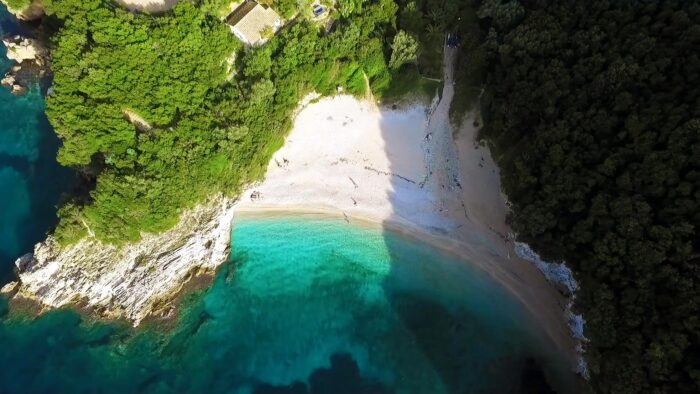
The wider Paleokastritsa is an area of exceptional natural beauty. In this area, there are some of the most beautiful beaches on the island, but most of them are isolated due to the high cliffs that cut the coast of the mainland.
Liapades, Povinia, Limni, Iliodoros, Paradise, Stelari, Chomi, Giali, to name a few.
They are mixed with sand and pebbles, Remote and beautiful paradises that can be visited by small boats from Paleokastritsa.
If you are in Corfu you must grab the opportunity to visit them.
Old fortress and the Old British hospital in Corfu Town

The fortress with a long history and the abandoned British hospital are surrounded by a great deal of mystery and horror rumors
The Achilleion Palace in Gastouri village

The Palace was built by Empress Elizabeth of Austria who became known as the sad queen Sissy.
It is a place to visit and it sits at the edge of the village Gastouri, 6 miles from Corfu town.
Myrtiotissa Nudist Beach in Western Corfu
A small, remote sandy beach on the west coast of Corfu, since the decade of the 60s it became the only beach on the island of Corfu where nudism was officially tolerated.
One of the most beautiful beaches in Europe, reached by a steep path or by the sea, a rather small sandy beach difficult to spot from the sea, separated from Glyfada beach by a thin but high rock.
Liston in Corfu Town
At the north left of Esplanade Square is the popular pedestrian area of The Liston with its French architectural buildings (modeled on the Rue de Rivoli in Paris).
Built in 1807 by the French, to house the French army.
They have arched ground-floor galleries which the locals call “Volta”
The name was given by the word “list” which comes from the Greek word “lista” that was used for the list of the Nobles (Libro d ‘Oro) as in the old days only the nobility were able to walk in this part in the city.
Today, the arcades of Liston are the busiest part of Corfu, full of cafes, restaurants, and craft shops in general, so, it is not something that you must try to find rather than a sight that you won’t miss.
Mon Repos Estate Palace in Corfu Town
Mon Repos palace is a neoclassical building on the east of Paleopolis, Inside the Corfu ancient city.
Built in 1830 by the British Commissioner Sir Frederick Adam at the beginning of the peninsula of Kanoni next to the ruins of Paleopolis
The diamond beaches of the Erimitis area
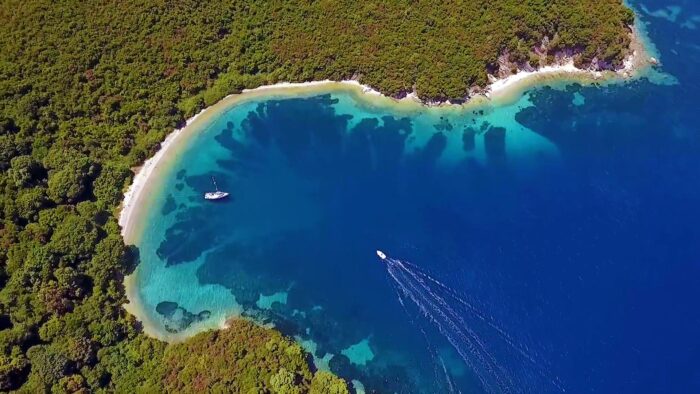
Erimitis on the Northeastern tip of Corfu, very close to Albanian shores.
It stretches from Agios Stefanos in the East up to Kassiopi borders on the North Coast.
An unspoiled paradise, full of small cute coves-beaches separated by small promontories that give beautiful scenery to the landscape, most of them accessible by the sea.
Some cute tiny beaches here are Avlaki, Vouvalomantria Beach, Vrachli Beach, Tzoufakia, the Arias Beach, Akoli, Vromolimni, Kaminakia Beach, Korfovounia, Aspalathras, and Xylokeratia beach.
Beaches with pebbles and very little sand, the waters are extremely clear and clean.
The medieval abandoned and reborn village of Perithea
Perithea is an abandoned medieval village located below the majestic peak of Pantokrator. On a plateau in the mountain at an altitude of 400 meters.
Are you curious to see how a dead village can be reborn?
Sure you are.
Then you must visit Perithea

To see the old abandoned stone house alive again and restored to its previous glory.
But if you are a culinary freak, you have one more reason to come here.
The ground floor of several houses is transformed into restaurants offering local specialties and they are full of people, especially at the weekends.
The Traditional Village of Nymfes, named after the mythical Nymphs
This village of Northwest Corfu is ancient, untouched by time and tourism, and took its name from the mythical Nymphs.
Do you like the opportunity to see the life, and customs of the real non-touristry Corfu?
Sure you want.

Then this is the village to visit, to see the traditional old customs and learn the fairytales that are connected with the landscape.
In the majestic waterfalls, the secret story of the area is still alive, here the mythological Nymphes were living, so the village took their name, Nymfes is the place of the mermaids or Nymphes.
For a more personalized experience, you could also try a private tour with a guided option. You’ll get to explore more of Corfu’s detailed history and culture. You could also get an olive oil-tasting tour for a more authentic experience. Shore excursions are also available, but make sure you read the reviews before picking one.
Conclusion
Visit Corfu for its amazing experiences, cool trips, outstanding cuisine, and the best time of your life! Don’t forget to pack sunglasses, towels, and bathing suits. Bonne voyage!
Read more
Secrets of Corfu and Hidden Gems for Curious Travelers
Corfu is a wonder of an island. If you’ve never explored it, it’s high time you did. Its golden beaches along with its salty seas make Corfu one of the most explored islands in Greece.… Read More
What is Corfu known for? Reasons to Visit Corfu
Corfu boasts a collection of unique features that you won’t discover anywhere else in Greece. Among the most significant are:… Read More
The Best 10 Traditional Old Villages in Corfu
Corfu has over 200 villages and settlements, Exploring Corfu’s old villages is the perfect way to discover the unique charm of this Greek island.… Read More
Corfu Golf Club Course Review
If you’re going to be in the paradise that is Corfu, Greece, any time soon, why not take a few hours to play some golf? Here’s our Corfu Golf Course review.… Read More
5 Essential Items To Pack When Travelling To Corfu
You will need to pack your luggage for the vacation. So, here are the five essential items that you cannot miss while going to Corfu.… Read More
10 Great Movies That Were Filmed In Corfu Island
What better way to film a movie is on Corfu Island in Greece. With the picturesque natural vistas of Corfu, many film producers have seen the potential in this beautiful island… Read More
Corfu Blue Bus Routes and Timetable 2024
Blue Bus Timetables for all lines – The Corfu Blue Bus company has very frequent routes with 12 areas and villages around Corfu town.… Read More
Corfu at Night: Is Corfu a Party Island? – Clubs & Bars
Corfu nightlife offers, and always offered, some vivid nightclubs. There are many bars and large Clubs in the town and the other resorts on the island.… Read More
Water Sports and Sailing Holidays in Corfu
There are many Sports Activities in Corfu island, Diving, Skiing, and Sailing can be found in almost every holiday resort… Read More






